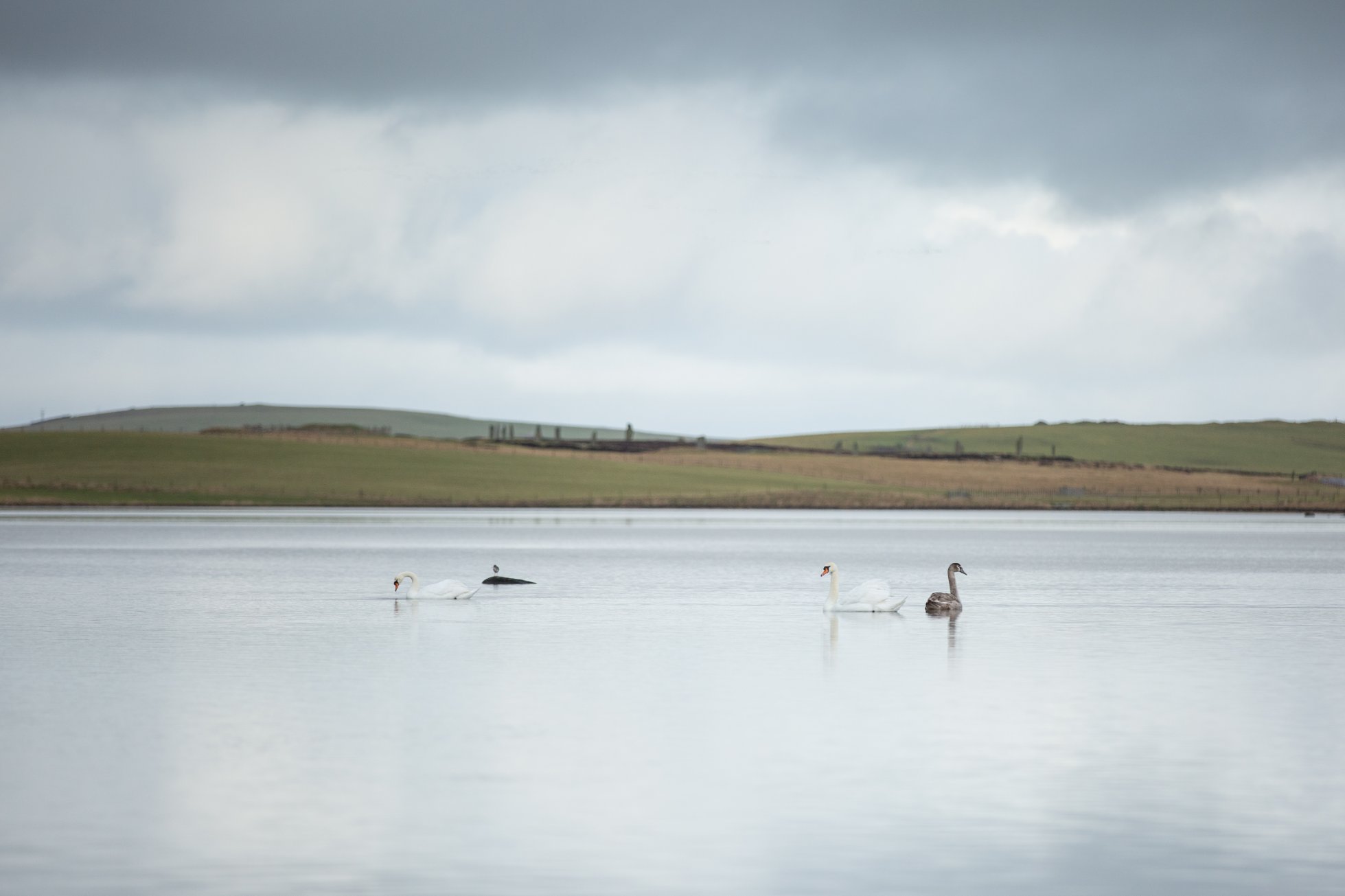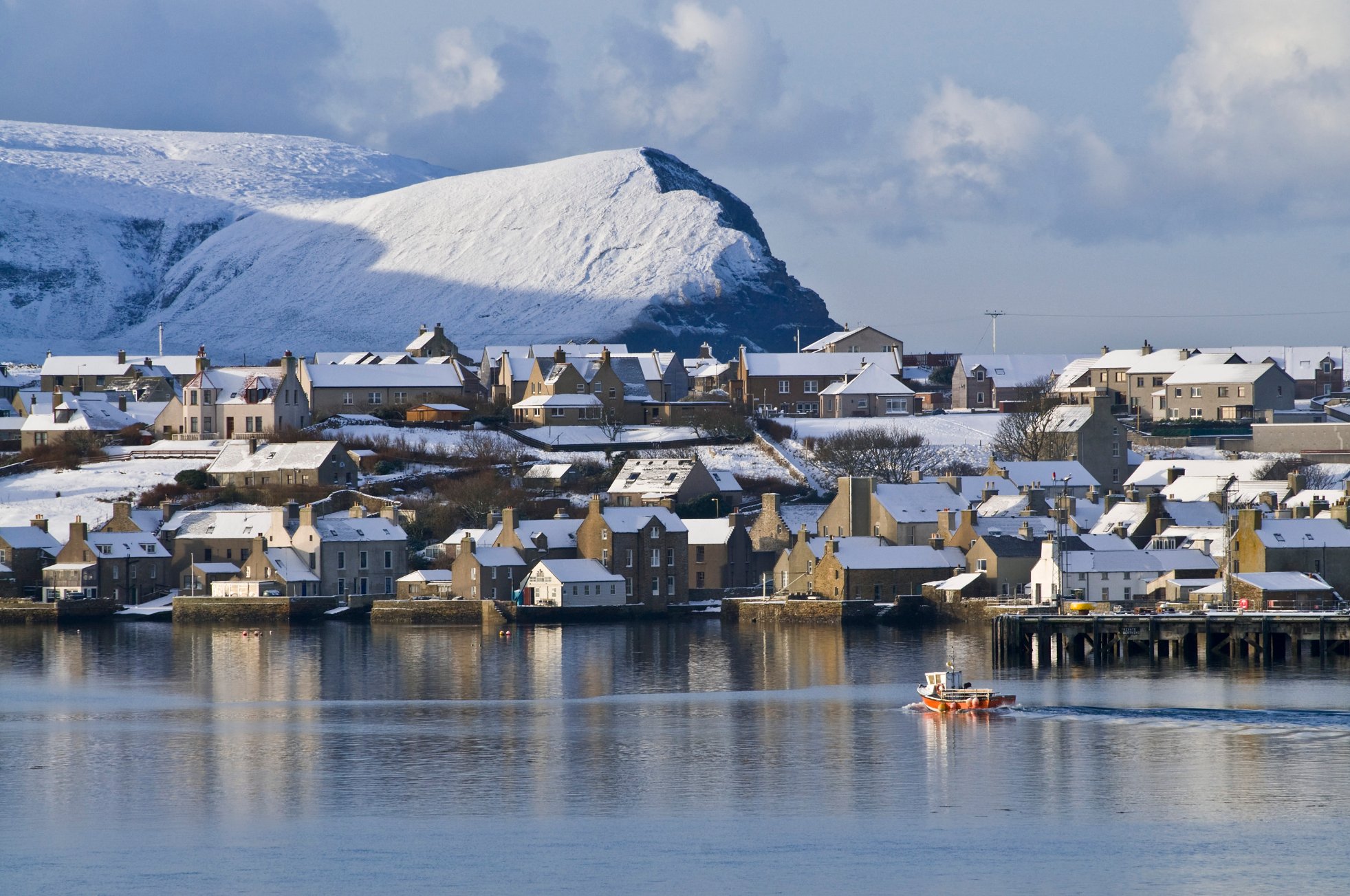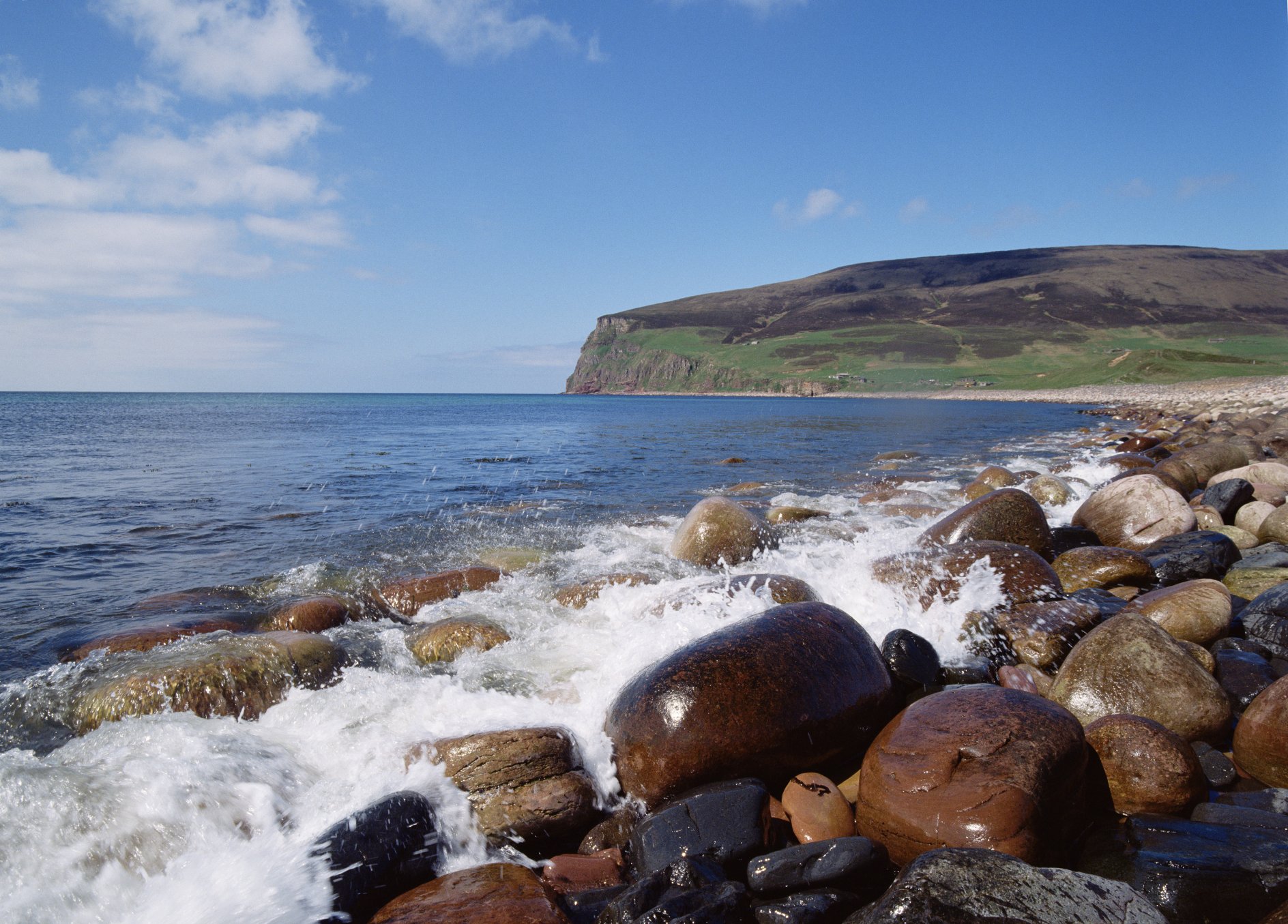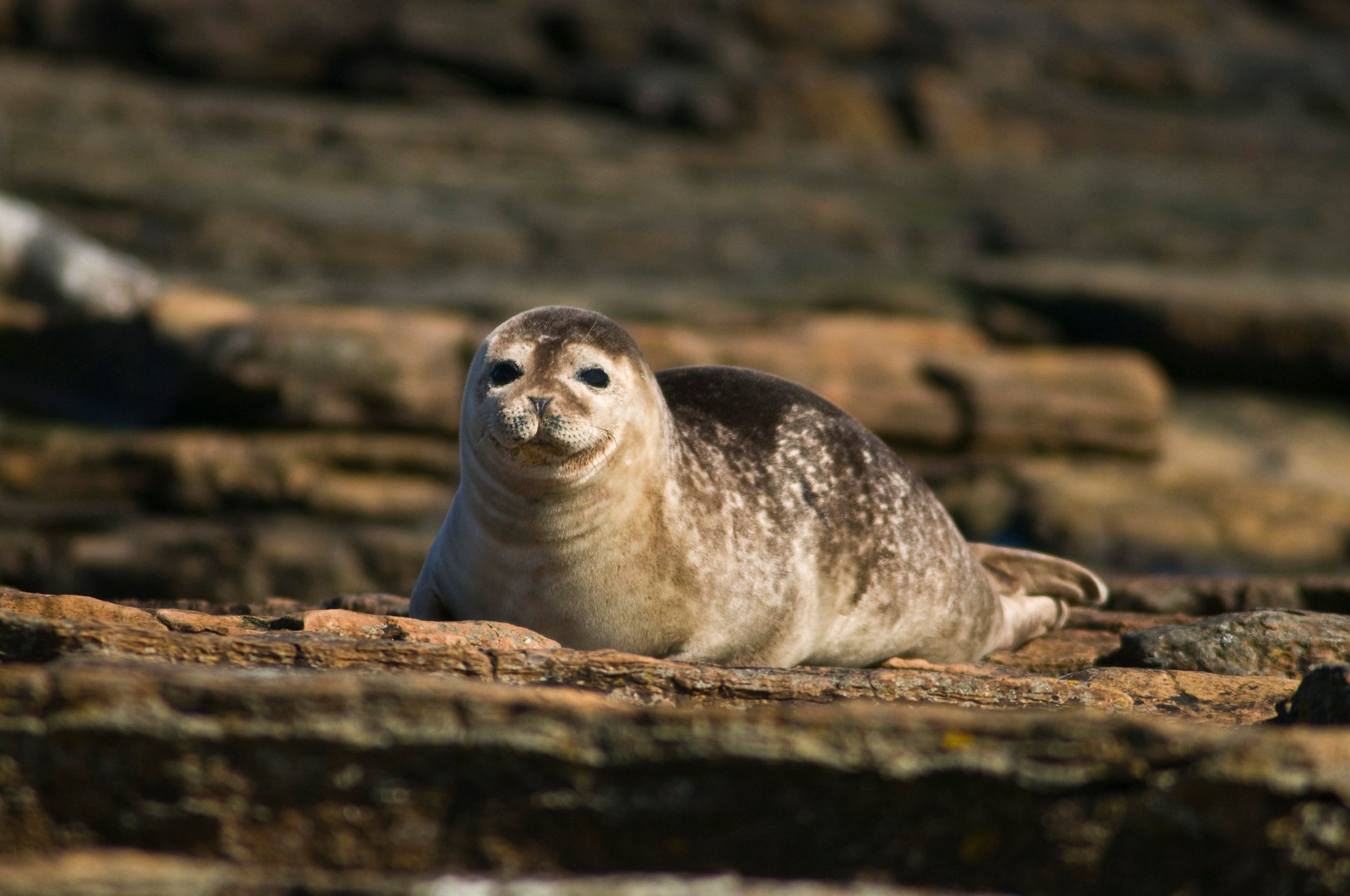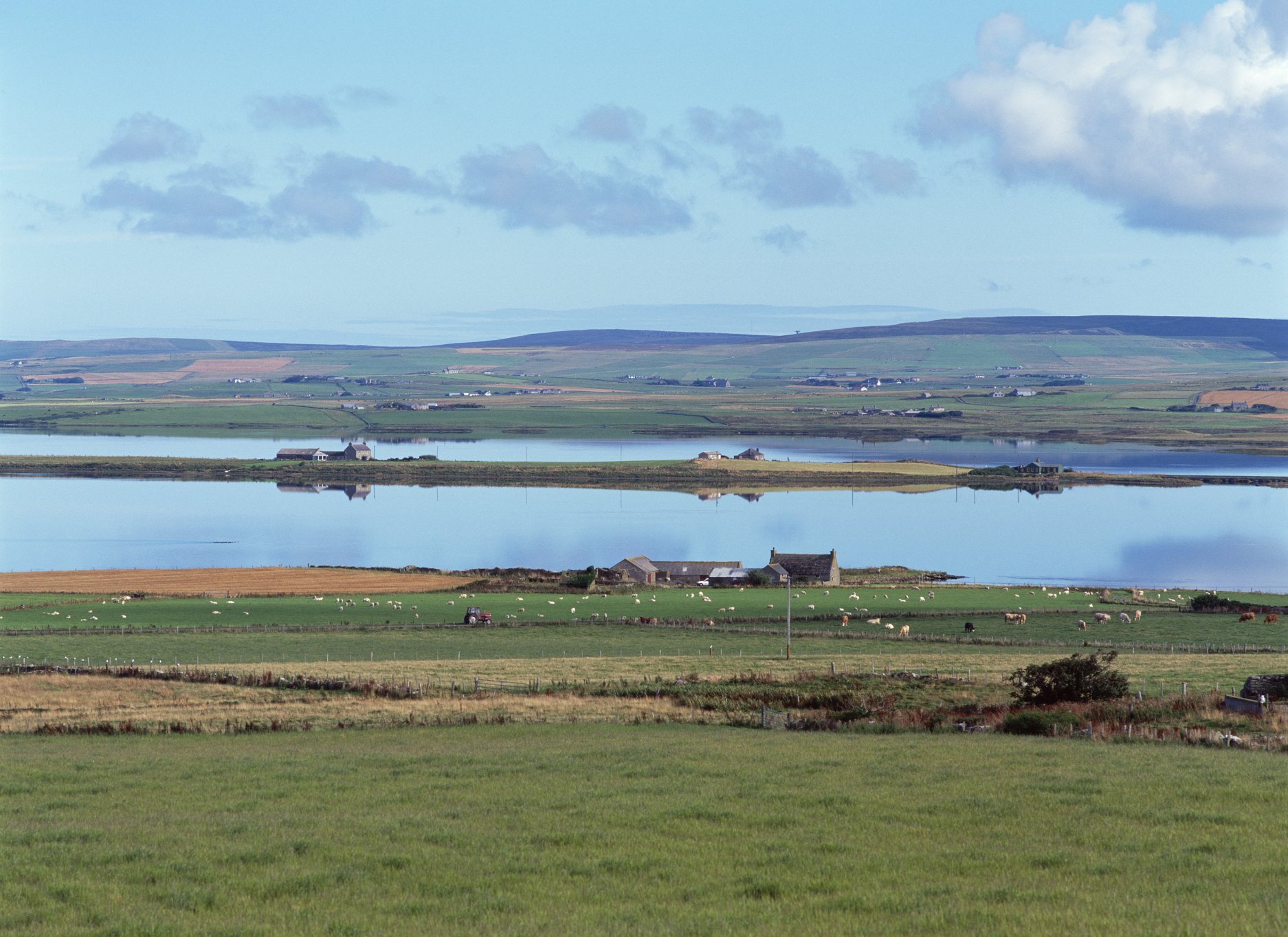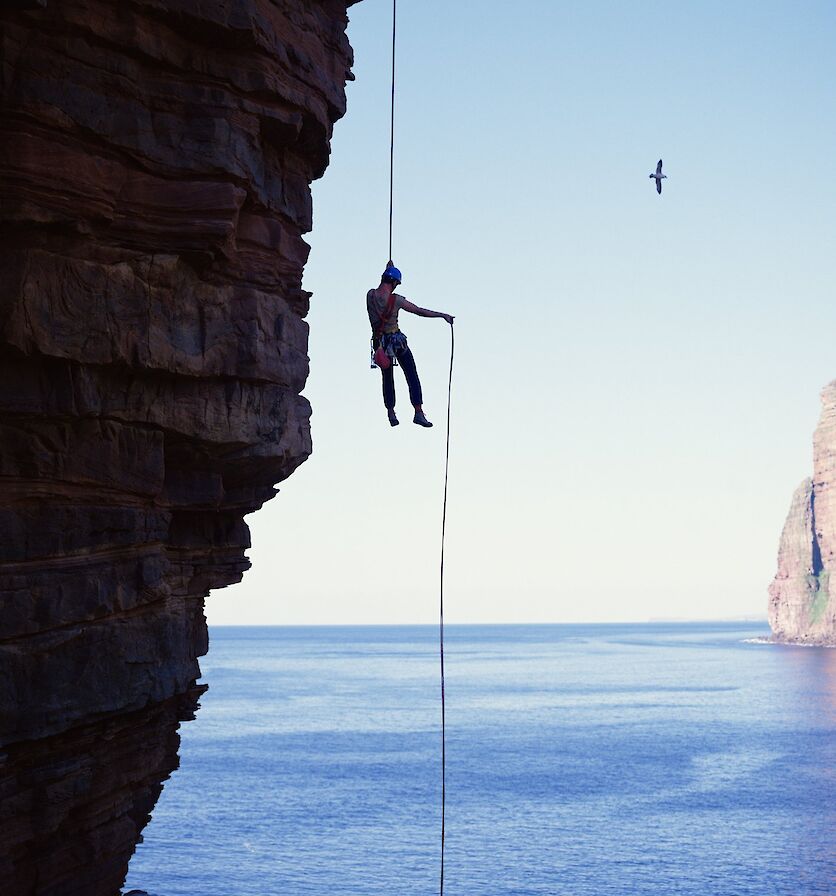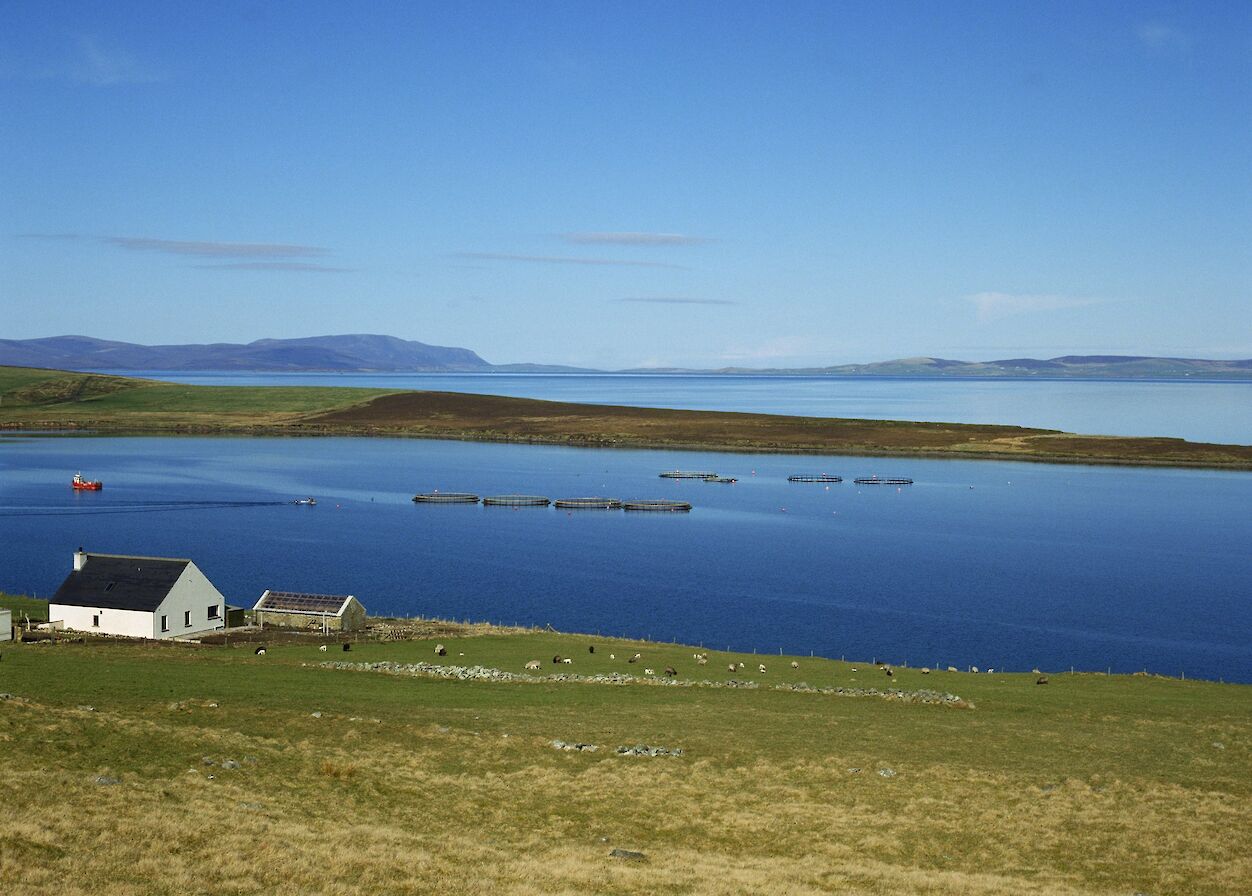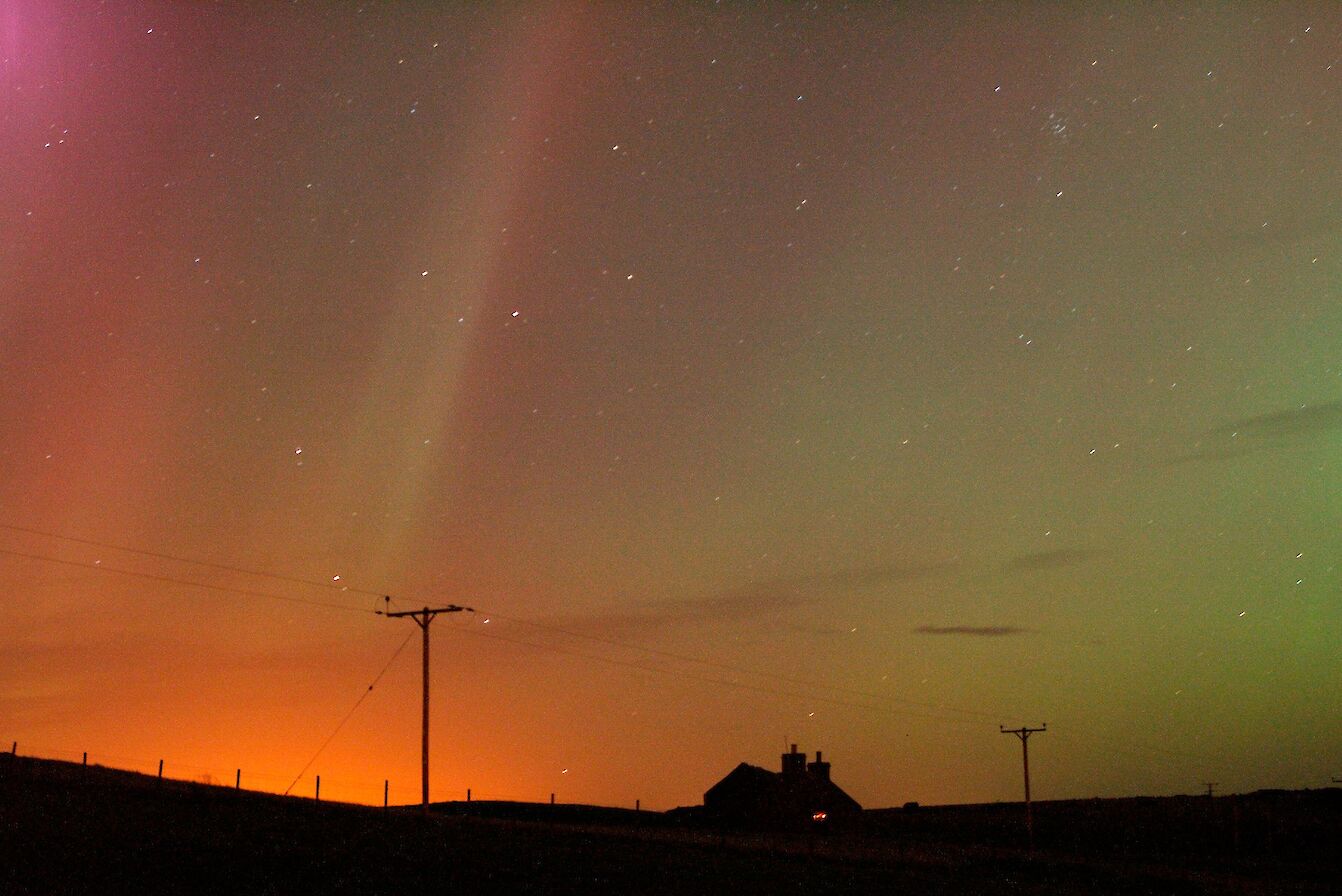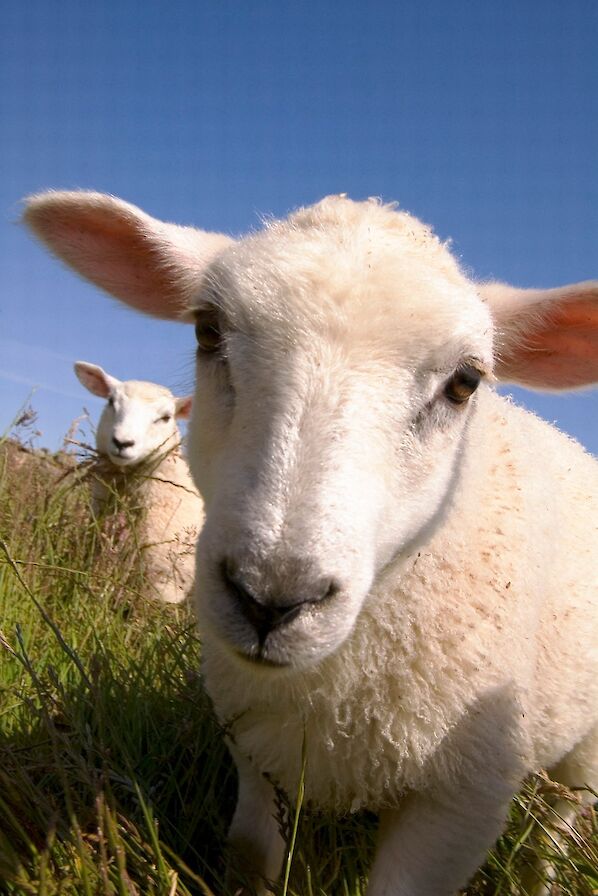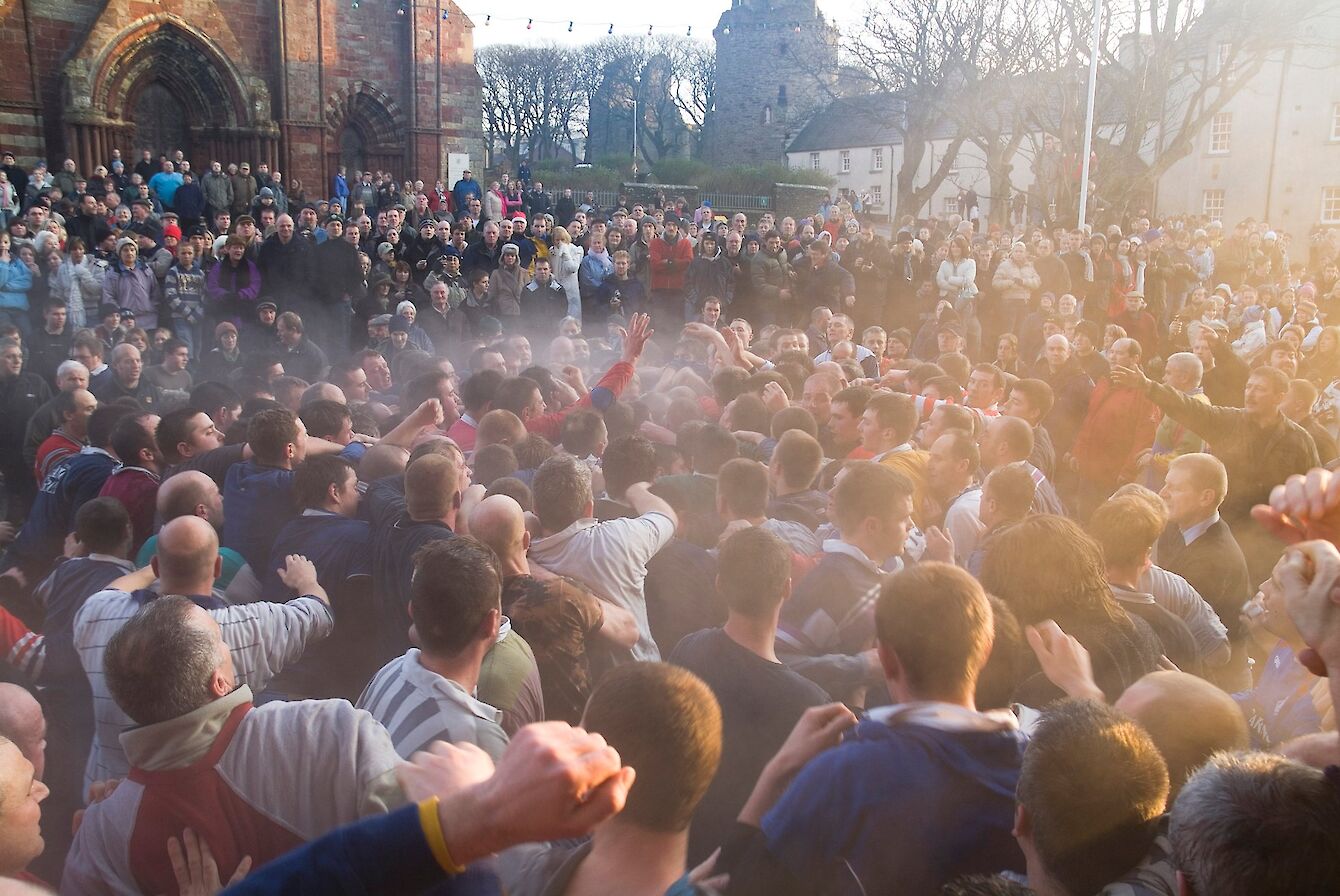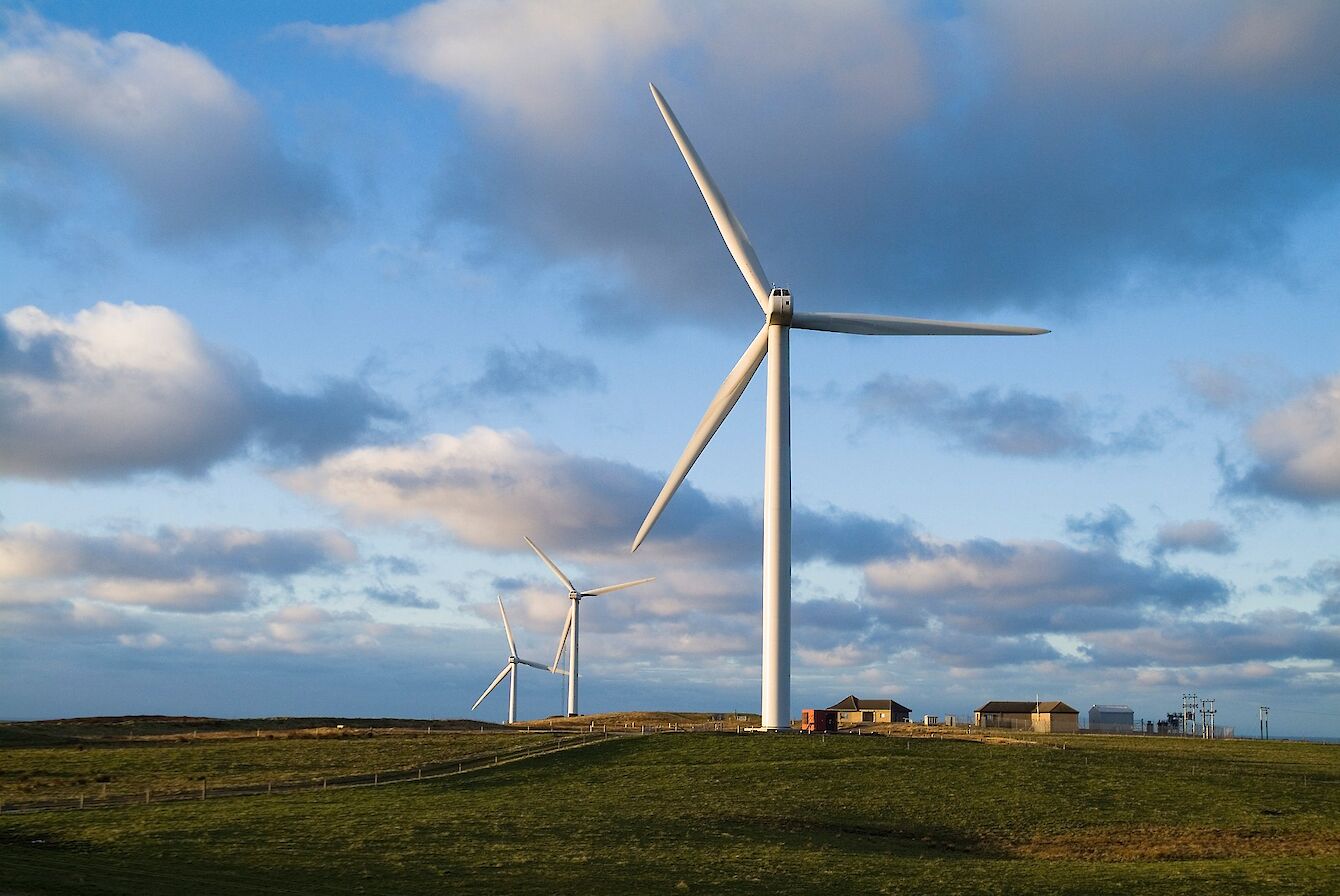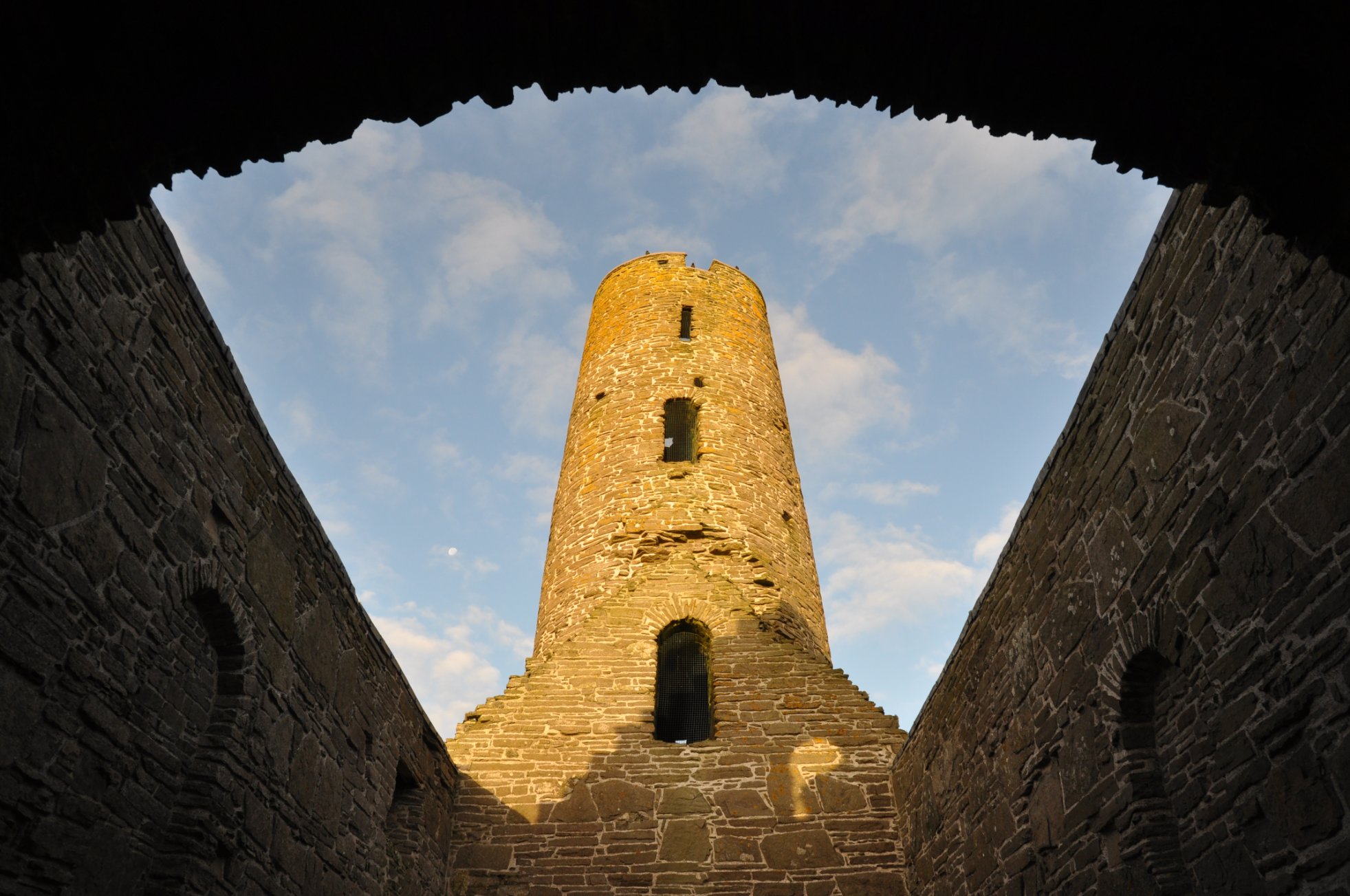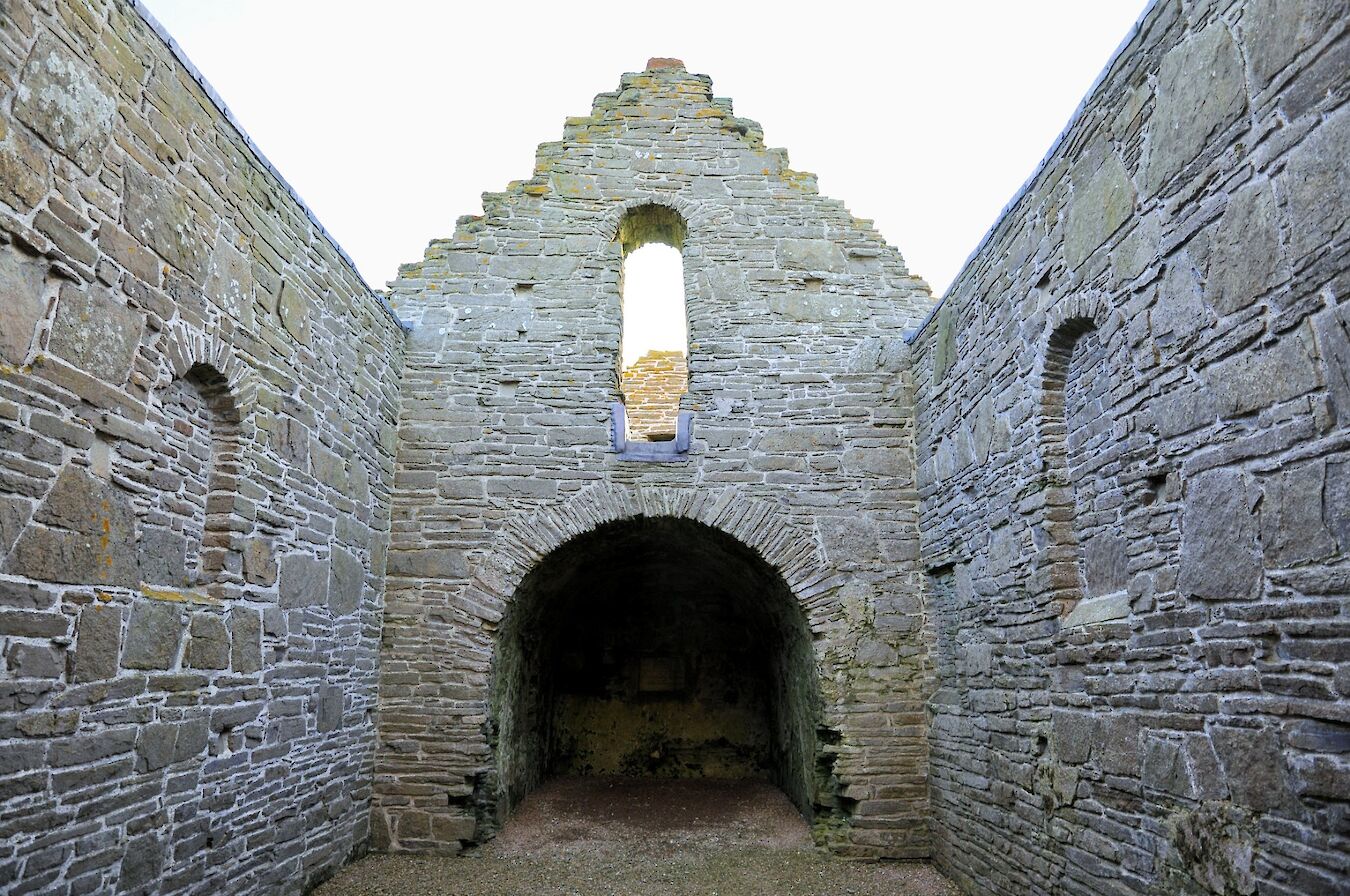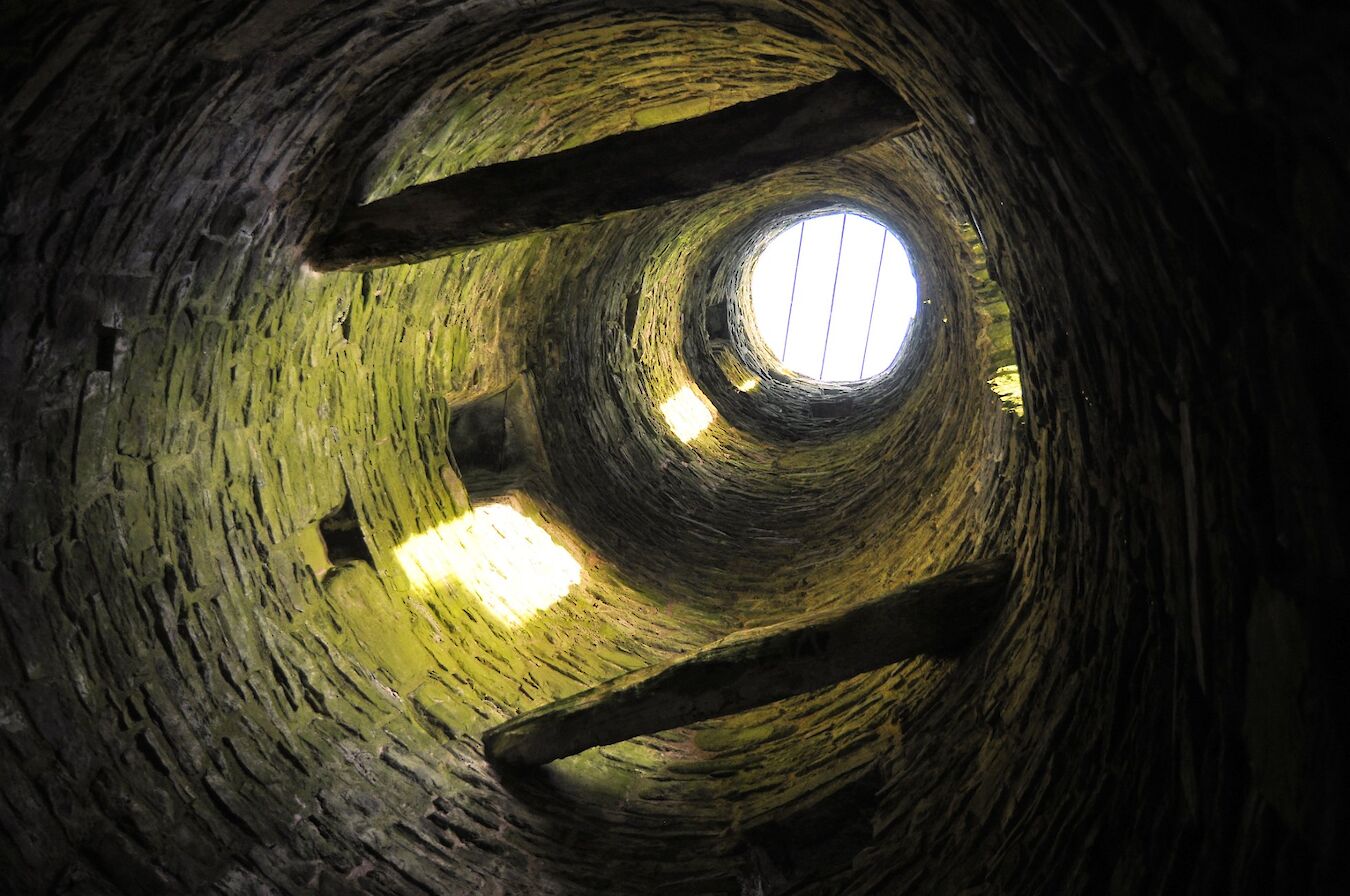Hello and welcome to the May newsletter from Orkney.com.
Normally this is the month when our events calendar really gets underway, with the first festivals of the year and plenty of activities to enjoy. But, as restrictions on travel to and from the islands continue, it’s with a heavy heart that we have to ask you not to visit us at the moment.
You can read more information on the current situation in Orkney via our blog.
As we know you can’t be here with us in Orkney at the moment, hopefully this small postcard from our home to yours will help brighten up your day, wherever you are.
Latest news
Shop Orkney online
 Even though you can’t visit us in Orkney, you can still enjoy a piece of the islands thanks to our new online shopping pages, focusing on food & drink and crafts. We’ve brought some of the finest local food, drink and crafts makers together on Orkney.com, making it easier for them to showcase their products at what is a challenging time for small businesses across the country. They all have an online sales service so if you fancy buying something special from Orkney, make sure you browse all our listings.
Even though you can’t visit us in Orkney, you can still enjoy a piece of the islands thanks to our new online shopping pages, focusing on food & drink and crafts. We’ve brought some of the finest local food, drink and crafts makers together on Orkney.com, making it easier for them to showcase their products at what is a challenging time for small businesses across the country. They all have an online sales service so if you fancy buying something special from Orkney, make sure you browse all our listings.
Relax with the sights and sounds of the islands
 We know things are a bit overwhelming at the moment, so that’s why we’ve decided to bring the sights and sounds of the islands to you at home. We’ve selected a few of Orkney’s most special locations and made some long, slow and relaxing films to help you relax and unwind. So far, we’ve focused on the coastline at Yesnaby and the town of Stromness. You can watch all our films when we publish them on our YouTube channel. We hope they help you switch off for a little while!
We know things are a bit overwhelming at the moment, so that’s why we’ve decided to bring the sights and sounds of the islands to you at home. We’ve selected a few of Orkney’s most special locations and made some long, slow and relaxing films to help you relax and unwind. So far, we’ve focused on the coastline at Yesnaby and the town of Stromness. You can watch all our films when we publish them on our YouTube channel. We hope they help you switch off for a little while!
Busy times at the Barony Mill
 As national demand for flour skyrockets in the face of a lockdown home-baking bonanza, a one-man operation at a traditional water-powered Orkney mill is helping keep the country fed. Birsay’s Barony Mill is thought to be the UK’s sole producer of beremeal, the flour created from bere - an ancient form of barley grown in the islands since Neolithic times. The mill has been inundated with internet orders for its bags of beremeal over the past few weeks. Read all about it with our latest blog.
As national demand for flour skyrockets in the face of a lockdown home-baking bonanza, a one-man operation at a traditional water-powered Orkney mill is helping keep the country fed. Birsay’s Barony Mill is thought to be the UK’s sole producer of beremeal, the flour created from bere - an ancient form of barley grown in the islands since Neolithic times. The mill has been inundated with internet orders for its bags of beremeal over the past few weeks. Read all about it with our latest blog.
Learn about local monuments
 Orkney is full of famous sites, with most well known to people from around the world. But there are plenty of monuments and memorials to be found across the islands too, each with a fascinating history of their own. Travel blogger Susanne Arbuckle has been sharing some of their stories with us – focusing first of all on the iconic Birsay Whalebone.
Orkney is full of famous sites, with most well known to people from around the world. But there are plenty of monuments and memorials to be found across the islands too, each with a fascinating history of their own. Travel blogger Susanne Arbuckle has been sharing some of their stories with us – focusing first of all on the iconic Birsay Whalebone.
Join us on Instagram
 We’re still posting images from the islands on Instagram, so if you want to see more from Orkney make sure you follow us. We publish shots every week and you can join in too. Tag your own images and use #VisitOrkney and #LoveOrkney to keep in touch.
We’re still posting images from the islands on Instagram, so if you want to see more from Orkney make sure you follow us. We publish shots every week and you can join in too. Tag your own images and use #VisitOrkney and #LoveOrkney to keep in touch.
Wild Orkney
It’s such a shame that you won’t be able to enjoy Orkney’s nature for the foreseeable future, as spring is really starting to take hold across the islands. Don’t despair though, as wildlife cameraman Raymond Besant is here to bring wild Orkney to you.
One of the things I really love about seabirds is the opportunity they afford you to really study them - they usually don’t just fly off at the first sight of you like lots of other species!
We all have our favourites. The puffin, with its colourful bill and quirky nature, is an obvious choice. I have a soft spot for the understated fulmar but a special mention must go to what must be the most dapper of all our seabirds, the black guillemot. In the north isles we call it the ‘tystie’, derived from the old norse name ‘peisti’
Unlike the other members of the auk family, the tystie is mostly a sedentary species, rarely venturing far from the Orkney coastline year-round. One big change you will notice if you’ve seen this bird throughout December and January is the dramatic difference from its rather scruffy looking winter plumage to its slick looking black, white and red summer outfit.

Rafts of these birds have gathered offshore from their favoured breeding grounds during April and are new setting about the serious business of courtship. Small numbers of tysties can be found on almost any suitable stretch of coast around Orkney but I have two favourite places to see them in good numbers - North Ronaldsay and Papa Westray.
There’s good news and bad news. The bad news is that some of the best gatherings and hence the most frenetic courtship displays I’ve seen are in the early morning, and I mean dawn, so before 5.00am! The good news is that sometimes a gathering of tysties will have impromptu displays at any time of the day, though the evenings seem to be a second-best bet. Listen as well as watch as the tystie has a unique call, an unmistakable thin wailing whistle. All it takes sometimes is for a new bird to appear from the sea into a gathering and the courtship display begins, and it’s quite something.
Known as a ‘pelican walk’ the tystie stands tall, back stiff and over exaggerated, lifting his webbed feet almost like a prancing horse, following other tysties around, calling all the while. This call reveals that the inside of the bill is red as well as the feet. If they stop for a moment, they will often stand closely facing each other, chests pumping in and out. It really is a special piece of behaviour to observe. Some of the best sites are the southern and northern extremities of Papa Westray, including the big slabs of stone found at the RSPB North Hill reserve.
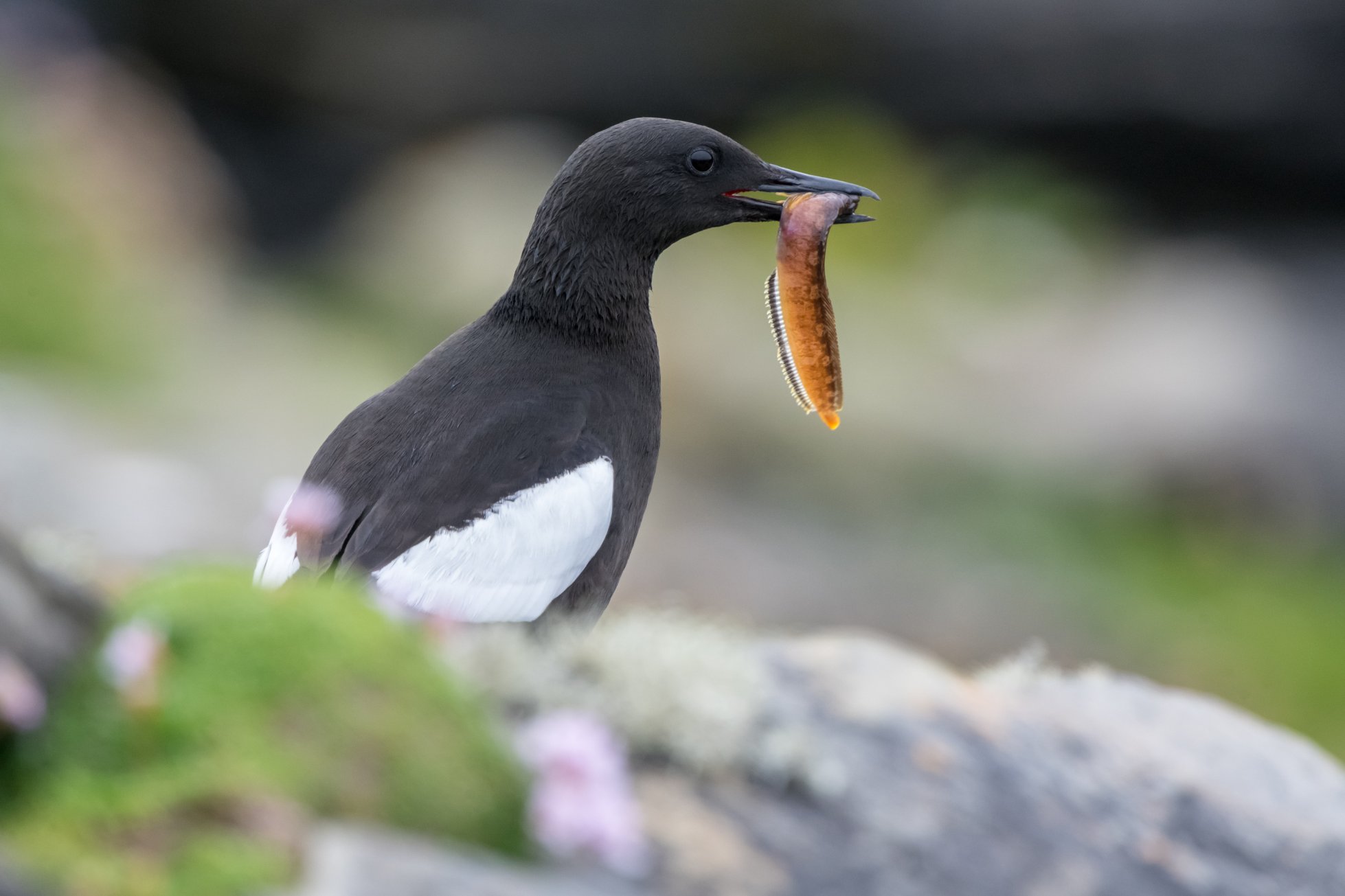
One of the other things I love about tystie’s is their prey very much reveals where they have been hunting at sea. Often on their way back to the nest site, they don’t immediately reveal where the nest is (usually in the gaps amongst strewn boulders) and so this gives you an opportunity to see their catch. Unlike the other auks, the razorbills, common guillemots and puffins, they don’t hunt in open water for sand eels. Instead they hunt relatively close to shore amongst the kelp forests and on the sea floor.
The most common prey item is the butterfish, a wonderfully orange fish with dark spots, not unlike a flattened eel. But look out too for more unusual items like dragonet, eelpout and even baby cuttlefish.
In these restricted times, I’m feeling a little frustrated even writing about watching tysties on a beautiful morning coastline. But one of the things we can do, and is well worth trying from your garden, is looking upwards during the night.
I’m no expert in astro-photography or star gazing in general but I find it a lot of fun, though there are certain small tips that will take out a lot of the frustration of working in the dark! Sometimes in wildlife photography you can get away with making a few exposure mistakes and correcting them in post-processing. The same is true with star photography, but it pays to try and get things right from the beginning and, luckily, it’s not too hard to get good results by using a few simple settings.
Of course, you are slightly at the mercy of the weather and obviously a clear night is preferable, also without a moon or at least not pointing to an area where the moon is prominent as it will skew your exposure.
Something which might also be problematic is light pollution from artificial light sources so again if you live in the countryside, you’re at an advantage. It’s not the end of the world if you find yourself with a picture you like but think it’s ruined by the orange glow of Kirkwall or Finstown. I use Adobe Lightroom to process my images and it’s really easy to colour correct or to remove a colour altogether from your image.
It can be easier to set-up in the light or twilight and have your camera in position ready to go. The downside is at this time of year on clear evenings it really does take a long time to get properly dark. The upside is taking beautiful images of dusk where colours in the sky are often at their strongest.
So, besides your camera, you will of course need a tripod, and the sturdier the better. A wide-angle lens is best though I find something like a 24-70mm gives you the flexibility in framing that a fixed focal length lens might not. Don’t be tempted to use longer focal lengths, the long exposures required at night means that images taken using telephoto lenses will be prone to camera shake.
You will need a lot of light coming into your lens to make a decent exposure and so I always have my f-stop at f2.8 (if your lens allows, otherwise something like f4). Your lens won’t like focusing in these conditions and so will probably ‘hunt’, going from one focusing extreme to the other if set to autofocus. You can always find a house on the horizon with its lights on that might give your lens something to pick up on, otherwise set it all the way to infinity on manual focus and then rotate back ever so slightly and your image should be in focus.
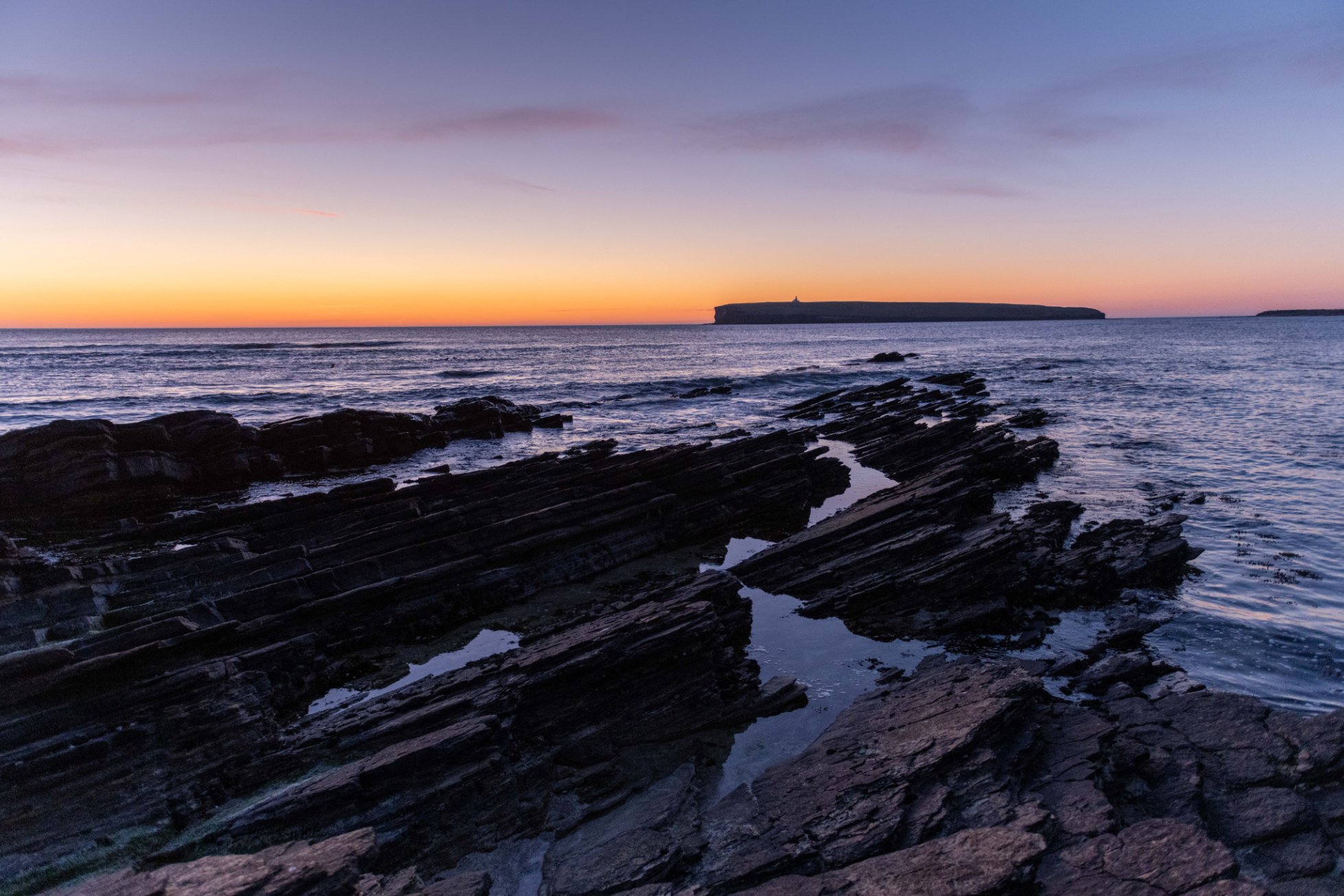
Now to shutter speed. This will depend partly on your ISO setting. Most modern cameras have incredibly good ISO settings and I set mine generally at 1600 to 3200. Don’t worry too much about grain at these settings as any noise can be remedied in post-processing. You will start to see a little blurring of stars after about 15 seconds or so of exposure.
I particularly like scenes where there is still a little natural light and colour on the horizon grading up towards a dark sky full of stars. So, set your camera to manual, start with ISO 1600-3200, an f-stop of f2.8 and a shutter speed of 15 seconds and see how you get on. These are my starting point settings but you can experiment from there. Depending on the brightness of the sky you may well find yourself using a shorter shutter speed.
I have a little spirit level bubble in my tripod and it’s a handy way of making sure you have a straight horizon. However, take a little torch or use the light on your phone to see that it’s in the middle as well as being able to see the settings on your camera! Reduce the chances of camera shake by using the timer on your camera so you aren’t touching the camera at the time of exposure, avoiding any wobbles and ruining your picture.
Good luck – you might just be lucky and capture an aurora whilst you’re out, the ultimate in night time photography!
Find out more about Raymond’s work via his official website. You can also find him on Facebook, Twitter and Instagram.
His new book, 'Naturally Orkney Volume 2' is out now, focusing on Orkney's coastline and all the sights and species that can be found there. You can order your copy online.
Focus on photography
Photography is one of the best ways to keep in touch with Orkney at the moment. Join our featured photographer of the month, Doug Houghton, for your latest island fix.
I started taking an interest in photography when living in Hong Kong in my late twenties. That’s where I bought my first serious 35mm camera, a Pentax ME Super, and began photographing life in Hong Kong.
Hong Kong Island is about the size of Hoy – and there the similarity stops. Orkney is a completely different challenge with its open spaces and dramatic skies, clear light and long summer evenings, the light dramatically changing by the minute.
Indeed, Hoy was the subject of one of my first memorable Orkney photography sessions. I was invited by some rock climbers to scramble down to the bottom of the Old Man of Hoy and take images of them abseiling down the sea stack. Rackwick too is very photogenic, with its breath-taking scenery.
I took up photography as a business and it has given me great pleasure over the years. I’ve worked with various Orkney industries and I’ve documented local events like the Ba’, with the game on New Year’s Day the perfect way to start the Orkney photographic events calendar.
Orkney’s farming, fish farming and renewable energy industries have also provided plenty of image opportunities, but it’s hard to ignore Orkney’s scenery. When the weather clears and the wind drops, the islands are at their best.
There are plenty of opportunities for wildlife photography too, although with so many locations to choose from it’s hard to pick a favourite. North Ronaldsay is special though, a place where unaccustomed human presence enables close-up photography of the local seal population.
Although now retired, I occasionally undertake some local commission work and still sell my Orkney photographs through an agent.
See more of Doug’s work via his official website, and on Facebook.
Explore hidden Orkney
We feature a different ‘off the beaten track’ Orkney location every month. Although you won’t be able to travel to May’s site at the moment, it’s still well worth a virtual visit.
Egilsay is certainly one of Orkney’s quieter islands, but it’s also a place that has played a central role in Orcadian history. It’s where Earl Magnus was killed in 1117, an act that cemented his place in island folklore and ultimately led to the building of the cathedral in his name in Kirkwall.
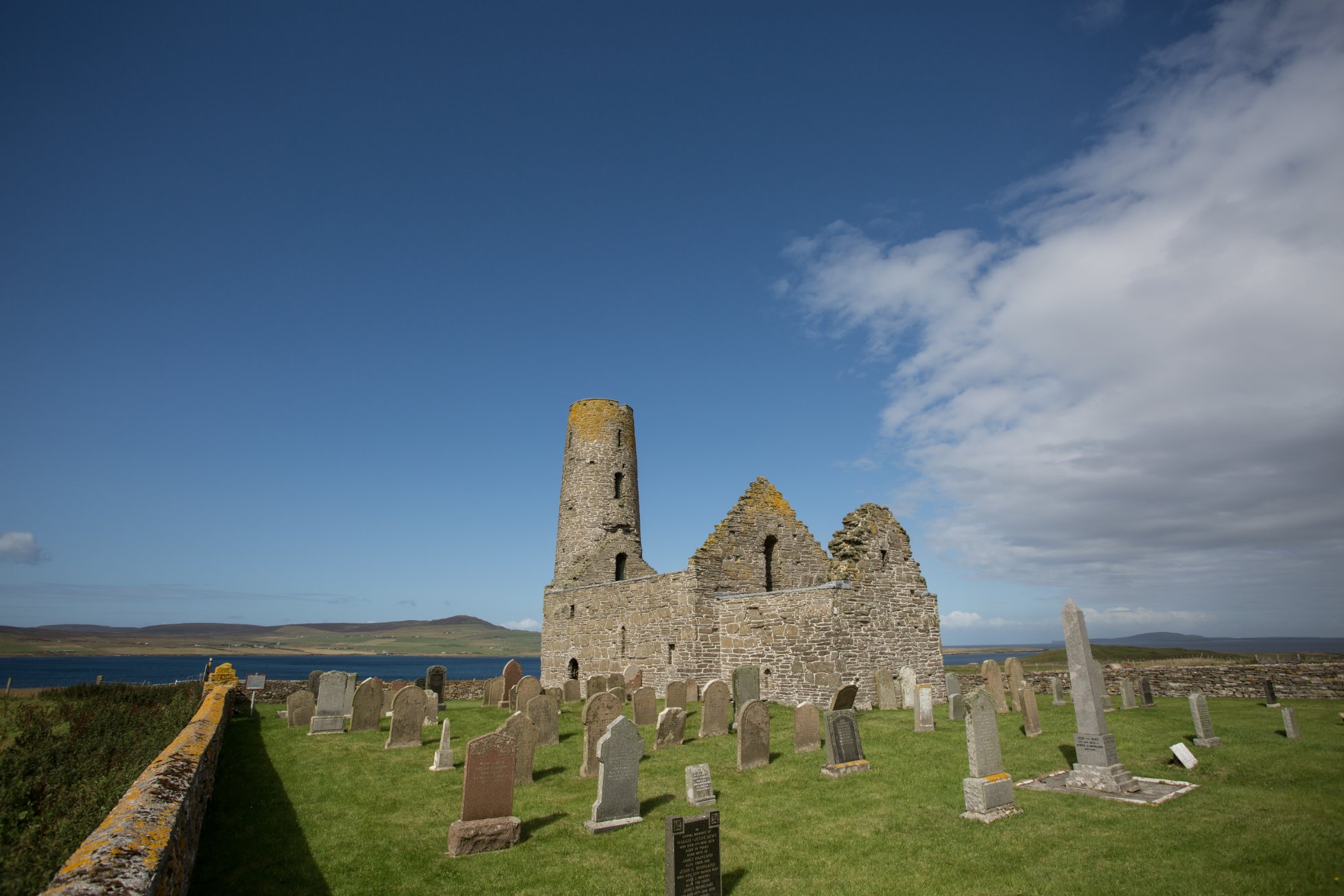
His name is also given to a 12th century church in Egilsay, and it’s a very unique place. The St Magnus Kirk is undoubtedly one of the main sites to visit here, and is found just a few hundred yards from where it’s thought Magnus was murdered.
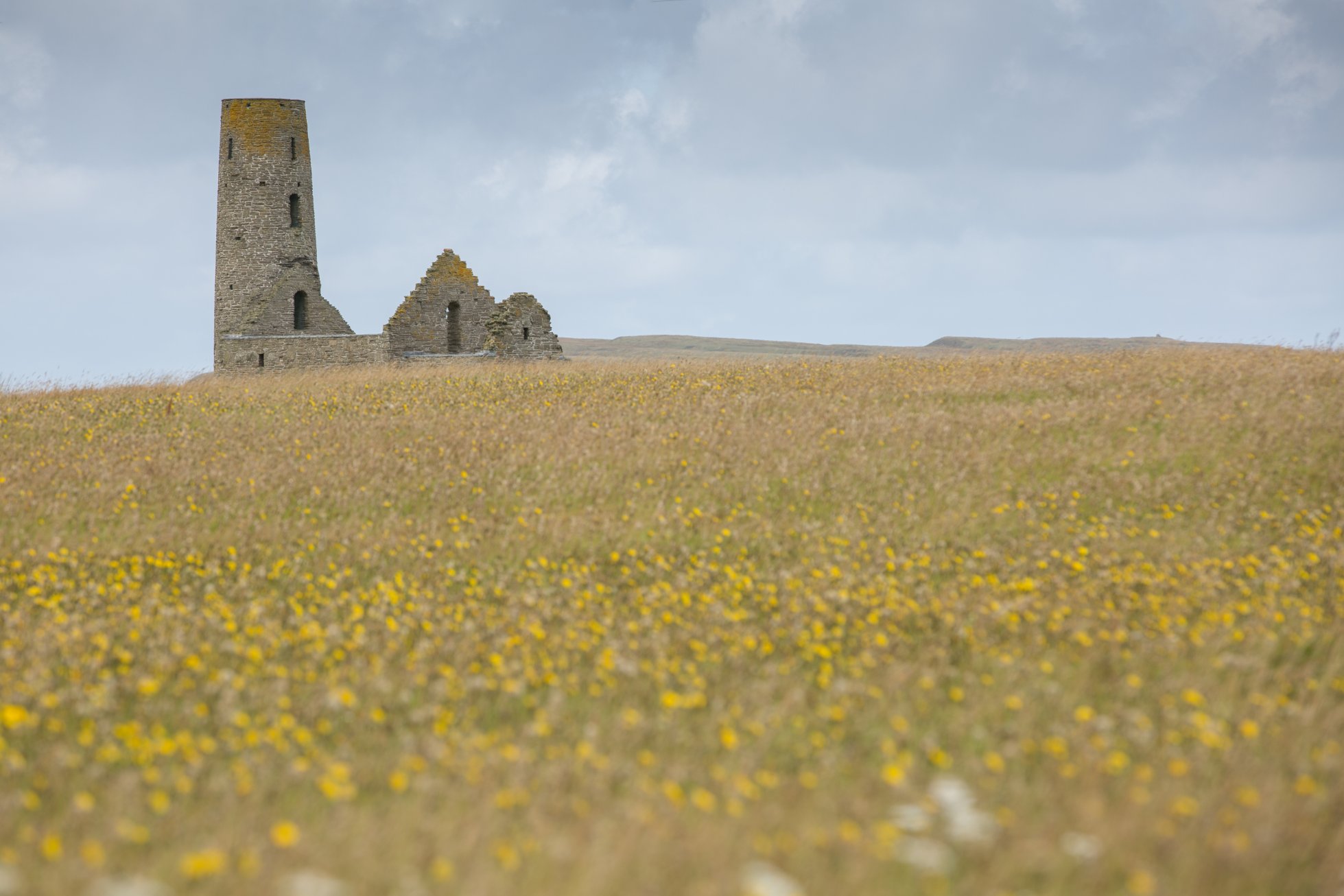
Its unusual design includes a tall round tower, which could have originally stretched around 70 feet into the sky, and a rectangular sanctuary.
Despite the lack of roof, which was stripped back in the 19th century, you can still see the beautiful stonework, highlighting the importance of the building in its heyday. The church is one of only two remaining in Europe with the distinctive Viking round tower, emphasising how special it is.
And finally...
Thank you for taking the time to read our latest newsletter. We hope it has brought a small slice of island life to your inbox.
Remember, we’re always keen to hear from you too - share your news, views and comments on the newsletter, Orkney.com and your Orkney experiences with us on Facebook, Twitter, Instagram or E-mail.
We'd also love to know what you'd like to see from Orkney in the coming weeks and months. Share your ideas with us and we'll try our best to help.
In the meantime, it's cheerio from Orkney, for now.
The Promoting Orkney project has been part financed by the Scottish Government and the European Community Orkney LEADER 2014-2020
